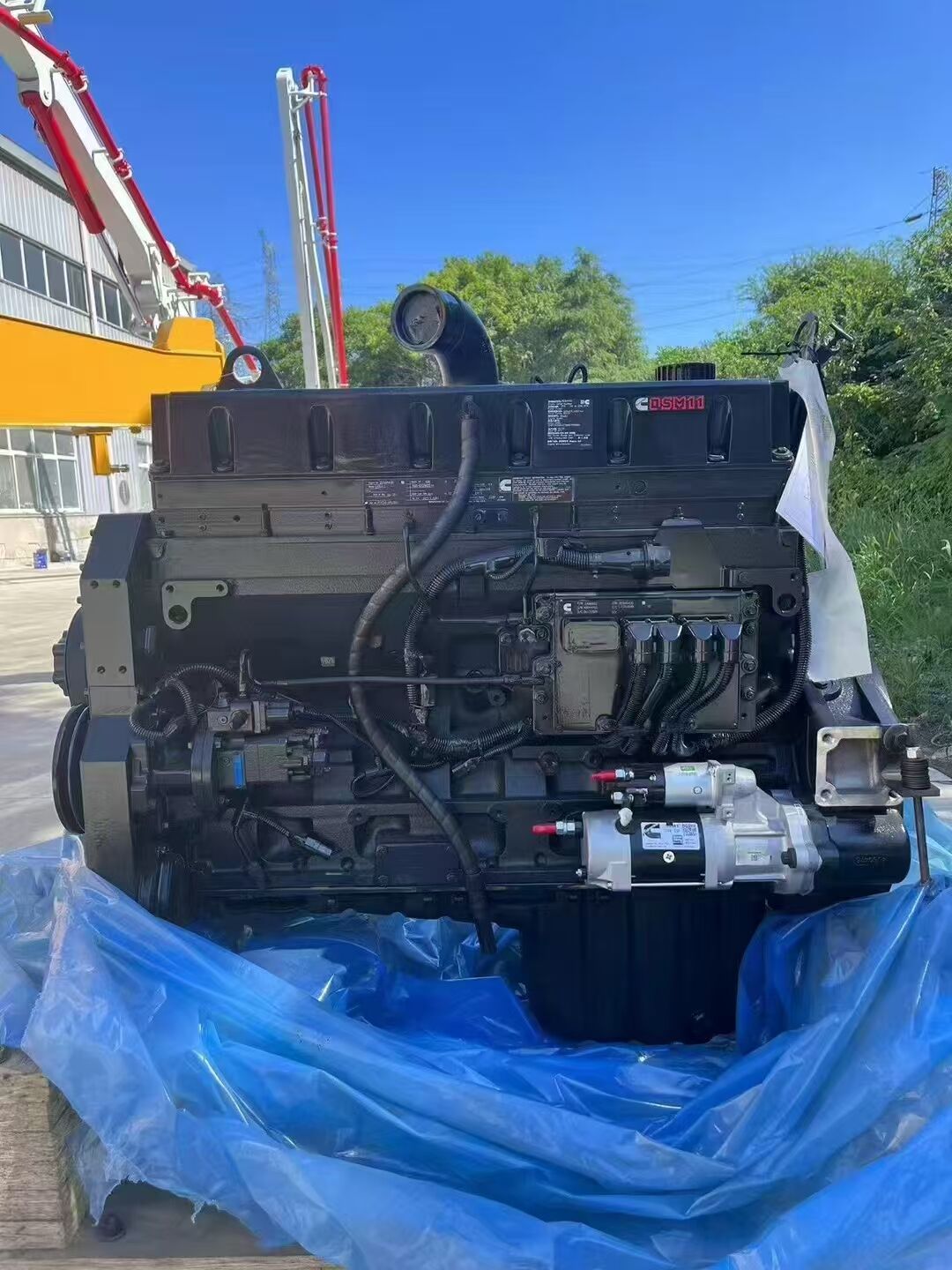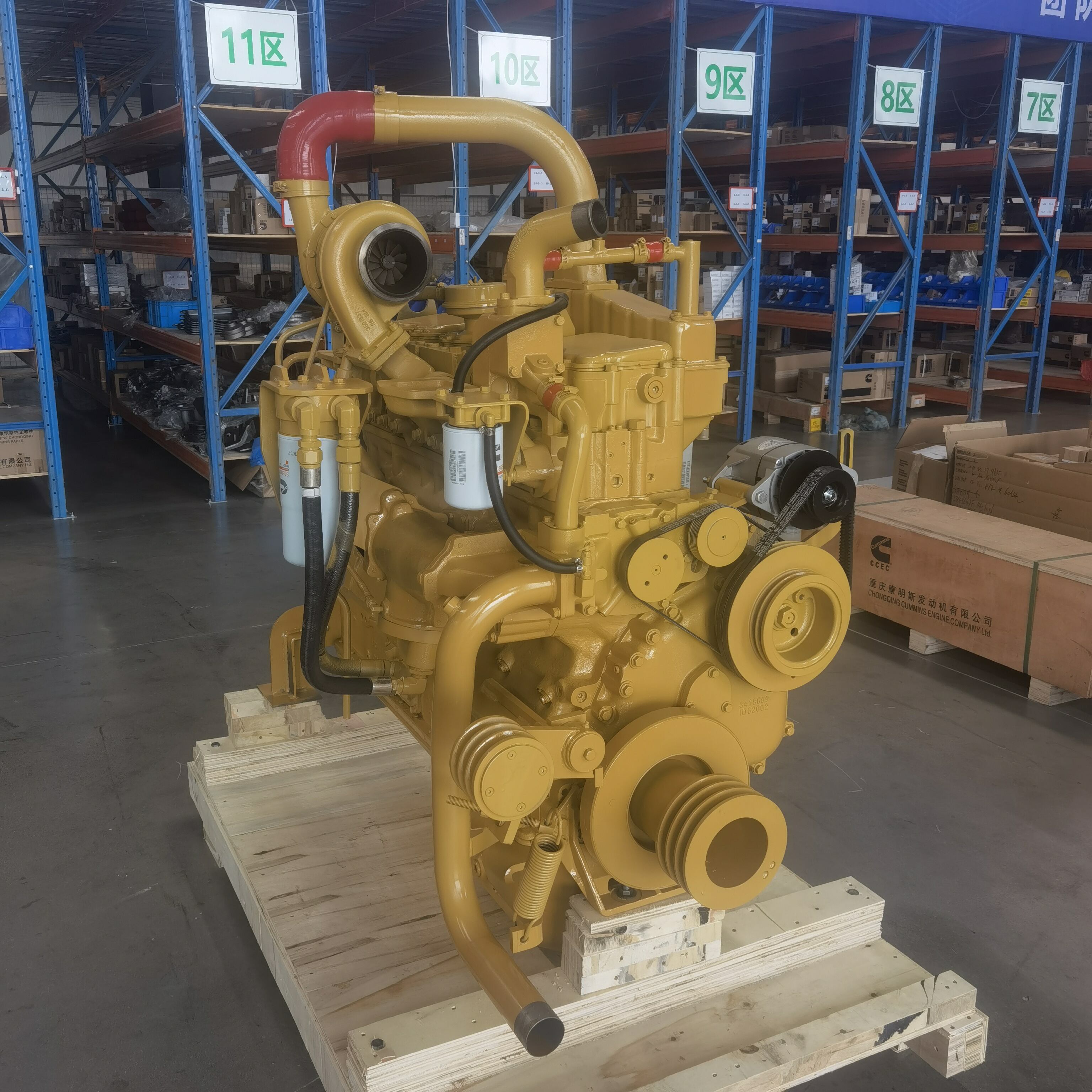Making the Smart Choice Between Used and Remanufactured Cummins Engines
When facing the decision to replace a Cummins engine, fleet managers and vehicle owners often find themselves at a crossroads. The choice between a used Cummins engine and a remanufactured one can significantly impact both immediate costs and long-term returns. This comprehensive guide explores the key factors that influence this critical decision, helping you make an informed choice that aligns with your operational needs and budget constraints.
Understanding Used Cummins Engines
The True Nature of Used Engine Market
Used Cummins engines come directly from vehicles that have been retired, damaged, or parted out. These engines typically have documented service histories and known mileage, offering a clear picture of their previous life. The market for used Cummins engines varies widely, from low-mileage gems to high-mileage options that might require immediate attention.
The condition of used Cummins engines can range dramatically based on previous maintenance, operating conditions, and overall care. Some may have been meticulously maintained in optimal conditions, while others might have endured harsh environments or inadequate servicing.
Advantages of Choosing Used Engines
The most compelling benefit of opting for a used Cummins engine is the initial cost savings. Used engines typically cost 40-60% less than remanufactured alternatives, making them an attractive option for budget-conscious buyers. This lower entry price point can be particularly appealing for older vehicles where investing in a remanufactured engine might not make economic sense.
Another advantage is immediate availability. Used Cummins engines can often be sourced quickly from salvage yards or engine resellers, reducing vehicle downtime. This quick turnaround can be crucial for operations where time is a critical factor.
Remanufactured Cummins Engines Explored
The Remanufacturing Process
Remanufactured Cummins engines undergo a comprehensive restoration process that goes far beyond simple repairs. Each engine is completely disassembled, thoroughly cleaned, and carefully inspected. All components are either restored to original specifications or replaced with new parts. This systematic approach ensures that every remanufactured engine meets or exceeds original equipment manufacturer (OEM) specifications.
The process includes updating components to incorporate the latest engineering improvements, effectively creating an engine that may perform better than the original. This attention to detail and quality control distinguishes remanufactured engines from both used and rebuilt options.
Quality Assurance and Warranty Benefits
Remanufactured Cummins engines come with substantial warranty coverage, often matching new engine warranties. This protection provides peace of mind and potentially lower long-term ownership costs. The quality assurance process includes extensive testing and validation before the engine leaves the facility, ensuring reliable performance from day one.
The standardized remanufacturing process also means consistent quality across all units, eliminating the uncertainty often associated with used engines. This reliability is particularly valuable for fleet operations where downtime can have significant financial implications.
Cost Analysis and Return on Investment
Initial Investment Considerations
While a used Cummins engine might cost $5,000 to $15,000, remanufactured options typically range from $15,000 to $40,000, depending on the model and specifications. However, this price differential needs to be evaluated against the expected service life and potential maintenance costs. The lower upfront cost of a used engine must be weighed against the possibility of shorter service life and higher maintenance expenses.
Additional costs to consider include installation, potential modifications, and any immediate repairs or updates needed. Used engines might require more extensive inspection and preparation before installation, adding to the total cost.
Long-term Financial Impact
The true cost of ownership extends beyond the purchase price. Remanufactured engines often deliver better fuel efficiency and more consistent performance, which can translate into operational savings. These engines typically require fewer repairs and maintain their value better over time.
When calculating ROI, consider factors such as expected service life, maintenance intervals, fuel consumption, and potential downtime costs. A remanufactured engine's predictable performance and warranty coverage can provide better long-term value despite the higher initial investment.

Making the Right Choice for Your Operation
Operational Considerations
The decision between used and remanufactured Cummins engines should align with your operational requirements. Consider factors such as duty cycle, expected service life, maintenance capabilities, and performance demands. High-intensity operations might benefit more from the reliability of remanufactured engines, while light-duty applications might find used engines more cost-effective.
Your maintenance infrastructure and technical capabilities also play a crucial role. Organizations with strong maintenance programs might be better equipped to manage the potential challenges of used engines, while others might prefer the predictability of remanufactured units.
Future-Proofing Your Investment
Consider how your choice will impact future operations and resale value. Remanufactured engines often provide better documentation and warranty coverage, which can enhance vehicle resale value. They also typically incorporate updated technology and emissions compliance features, helping future-proof your investment against evolving regulations.
The decision should also account for your fleet's lifecycle management strategy and any planned upgrades or replacements. This forward-thinking approach helps ensure your engine investment aligns with long-term operational goals.
Frequently Asked Questions
How long can I expect a used Cummins engine to last?
A well-maintained used Cummins engine can typically provide 250,000 to 500,000 miles of service, depending on its condition at purchase and ongoing maintenance. However, this can vary significantly based on previous usage and maintenance history.
What warranty coverage comes with remanufactured Cummins engines?
Remanufactured Cummins engines usually come with warranties ranging from 1-3 years or 100,000-300,000 miles, depending on the provider and application. Some warranties include coverage for parts and labor, making them comparable to new engine warranties.
Are remanufactured engines better for emissions compliance?
Yes, remanufactured Cummins engines typically incorporate updated emissions control technology and meet current standards. This can be particularly important in regions with strict emissions regulations or for fleets maintaining environmental certifications.

